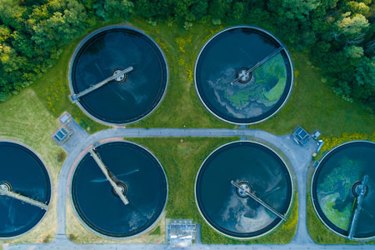Adaptability Comes To A Head With Wastewater Screening Technology

Many wastewater treatment plants (WWTPs) design their screening with peak flow in mind. This means debris bypass or larger screen-opening sizes and slower scraper speeds, a compromise that results in suboptimal screening during normal flows. Unfortunately, letting more debris through the screen during normal flow can lead to costly problems, such as pump clogs and more frequent cleanouts of the clarifier and digester.
Going the reverse direction and using too fine of a screen size can result in a whole new set of challenges. Excessive head loss can cause backups in the collection system during peak events leading to upstream issues or unintended bypass. In addition, running the scrapers at too high of a speed for too long can result in premature wear.
For years there was no way to have it both ways — bar screens and scraper systems could not be designed for both normal and peak flow. But newer screening technologies are doing just that.
Get unlimited access to:
Enter your credentials below to log in. Not yet a member of Water Online? Subscribe today.
